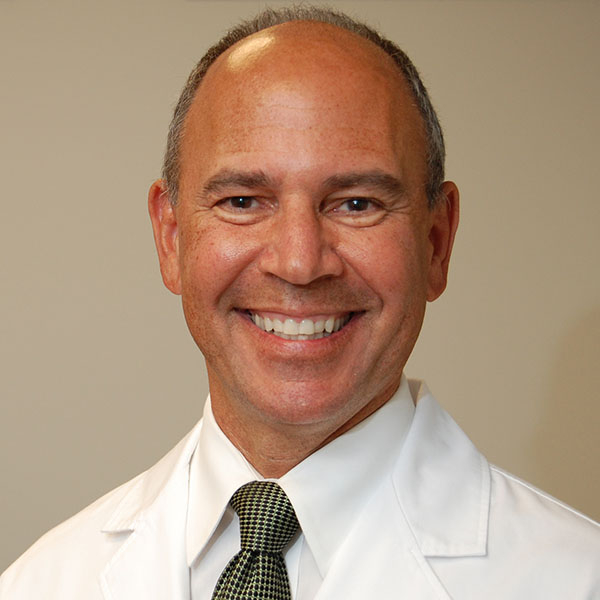
If the eyes are the windows to the soul, then consider the tongue a sort of check-engine light for the body. The tongue’s appearance gives doctors an idea about certain aspects of your health, and its color is an important clue.
What should your tongue look like?
The tongue should have a rounded, symmetrical shape. It’s generally light pink, though it may have a little purple or brown pigmentation in African, Asian, and Mediterranean populations. It can also have a hint of white coating.
“The coating comes from a tough protein called keratin, which helps keep your tongue from being scratched when you eat,” says Dr. Tien Jiang, a prosthodontist in the Department of Oral Health Policy and Epidemiology at the Harvard School of Dental Medicine.
Up close, you might be able to see that your tongue is covered in tiny bumps (papillae) that serve several purposes:
- They sense temperature and touch.
- They contain taste buds that enable you to detect if food is sweet, salty, sour, bitter, or savory.
- They create friction to help you form a little ball of food (bolus) that you can swallow.
Can diet affect tongue color?
Yes. Sometimes diet may be partly to blame for a shift away from your usual tongue tone. That’s because the papillae can absorb the colors and residues of foods and drinks you consume. For example, that blue popsicle or candy you ate as a kid probably turned your tongue an exciting shade of azure. Coffee, tea, and many types of foods, such as curried dishes with lots of yellow turmeric, can also leave their marks.
Discoloration is usually just temporary, however. Drinking plenty of water and maintaining good oral hygiene will wash away food and dyes that cling to the tongue.
A dark or bright tongue, white patches, and other causes for concern
Some tongue colors and appearances are signs of health issues. Check with your doctor if you notice any of the following:
- A brown or black tongue signals a condition called “black hairy tongue.” This occurs when papillae get too long. These tiny bumps don’t usually get much chance to grow because they are shed regularly with all the activity in your mouth. If they do grow, they can trap bacteria and a mix of food colors, leading to the brown or black tinge. Risk factors include taking antibiotics or antihistamines, smoking, dry mouth, drinking excessive amounts of coffee or black tea, or poor oral hygiene.
- Thick white patches or white sores on the tongue probably mean you have an overgrowth of yeast in the mouth (thrush). Thrush can be triggered by conditions such as diabetes or HIV, side effects of antibiotics or cancer treatment, wearing dentures, smoking, dry mouth, or using steroid inhalers. In rare cases, white patches or sores are symptoms of oral cancer.
- If your tongue has painful red or yellow sores, you might be dealing with canker sores (irritated tissues), thrush (which can sometimes appear as red patches), or (in rare cases) oral cancer.
- A bright red tongue can indicate that you have a vitamin B12 deficiency or an infection called scarlet fever — a Streptococcus bacteria infection in the throat (strep throat) accompanied by a red body rash. If you have bright red patches that don’t hurt and seem to migrate from one place on the tongue to another, you might have a harmless, incurable condition called “geographic tongue.”
Should you brush your tongue or use a tongue scraper?
Good oral hygiene requires that you floss your teeth at least once a day and brush them at least twice a day. Take a few seconds to use the brush on your tongue.
“Stick out your tongue and swipe your toothbrush from the back of your tongue to the front: one swipe down the middle, one swipe down the left side, and one swipe down the right side. That helps remove bacteria and debris that collect in papillae,” Dr. Jiang says.
Some people swear by using a tongue scraper to clean the tongue. Dr. Jiang isn’t a fan, but doesn’t have a problem with someone using the tool, which is pulled forward on the tongue in a similar fashion to brushing the tongue. “The data about tongue scraper effectiveness are mixed,” she says. “It just comes down to what you’re willing to do daily to keep your tongue, teeth, mouth, and gums as healthy as possible.”
Worried about your tongue? What to do
If you’re worried about anything wrong with your tongue — especially if you also have a fever, a very sore throat, sores that won’t go away, or other new symptoms — call your primary care doctor or dentist.
Your doctor or dentist can
- assess your condition
- prescribe or suggest treatments to relieve discomfort, such as medicated mouthwashes or warm-water rinses
- urge you to stay hydrated and step up your oral hygiene.
If necessary, your doctor can refer you to a specialist for further evaluation.
About the Author

Heidi Godman, Executive Editor, Harvard Health Letter
Heidi Godman is the executive editor of the Harvard Health Letter. Before coming to the Health Letter, she was an award-winning television news anchor and medical reporter for 25 years. Heidi was named a journalism fellow … See Full Bio View all posts by Heidi Godman
About the Reviewer

Howard E. LeWine, MD, Chief Medical Editor, Harvard Health Publishing
Dr. Howard LeWine is a practicing internist at Brigham and Women’s Hospital in Boston, Chief Medical Editor at Harvard Health Publishing, and editor in chief of Harvard Men’s Health Watch. See Full Bio View all posts by Howard E. LeWine, MD




